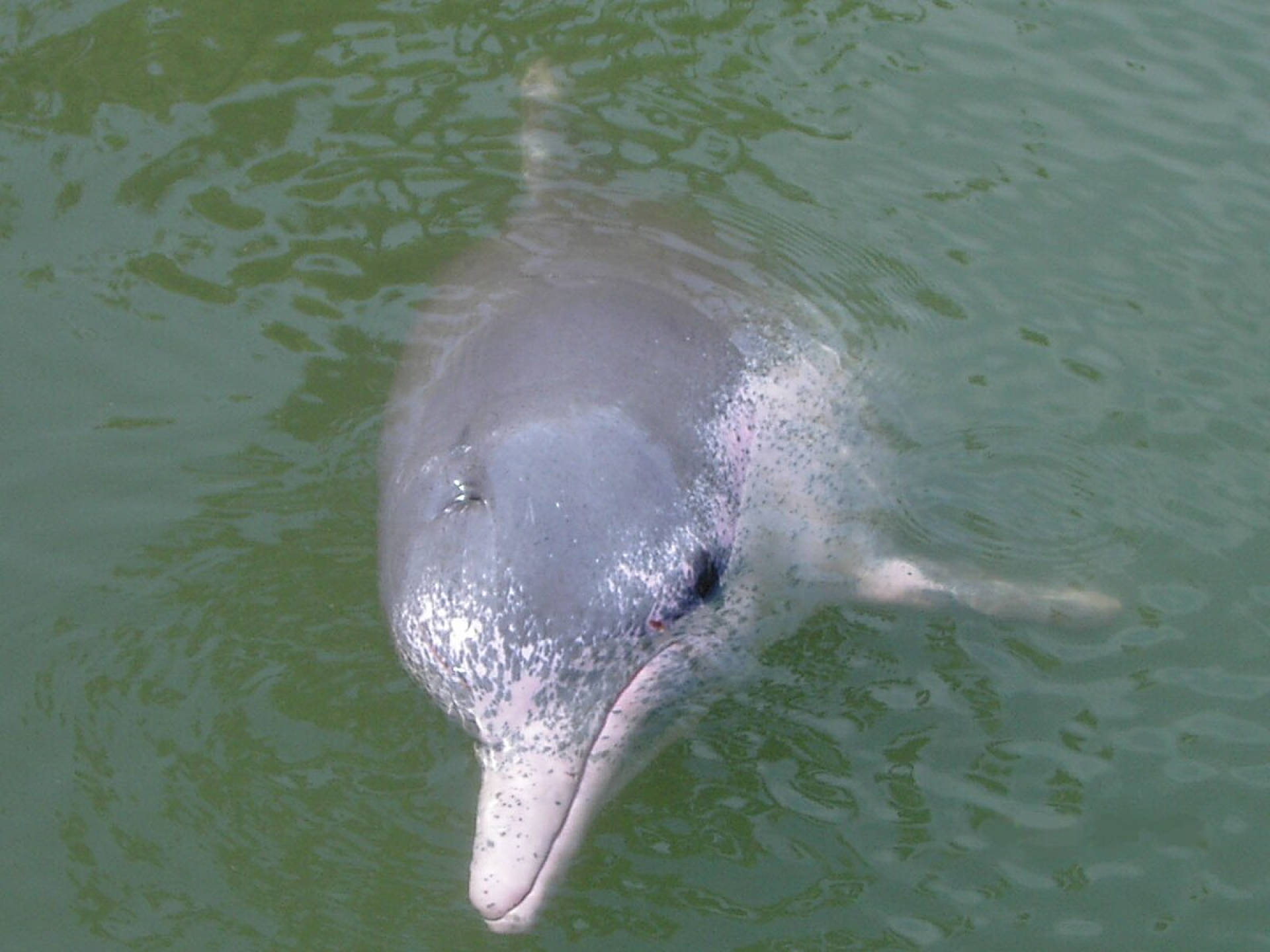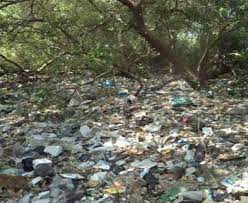
Indo- Pacific humpback dolphin
Found in the eastern Indian and western Pacific oceans, this dolphin inhabits coastal waters in this part of the world. It is also known as the Chinese White dolphin
Coloured grey, pink or white (the pink colour comes from blood vessels near the surface rather than from pigmentation) they have a length of 2m-3.5m in length and a weight of 150kg-230kg. They generally spend their time in groups not larger than 10 individuals.
These are not dolphins who go under for long periods of time, with adults rarely diving for more than 4 minutes. Similar threats to other dolphins, include coastal developments, water pollution, overfishing and an increased number of boats in the water. In 2015 it was classified as vulnerable.
A small population of the dolphins (158) live close to Hong Kong and many have succumbed as a result of toxins ingested from the water.
Because they spend much of their time in shallow water close to the shore, they are more at risk to pollution from things like plastic that can wash into the sea. Plastic also makes it harder or impossible for the dolphins to locate fish with echolocation as a result of the extra things in the body of water.
Below here is a section which will list every time they have been mentioned on the website. Below that, is a video of these animals. Below that you will find any links (as we make them) which will help you see these animals in the wild.




